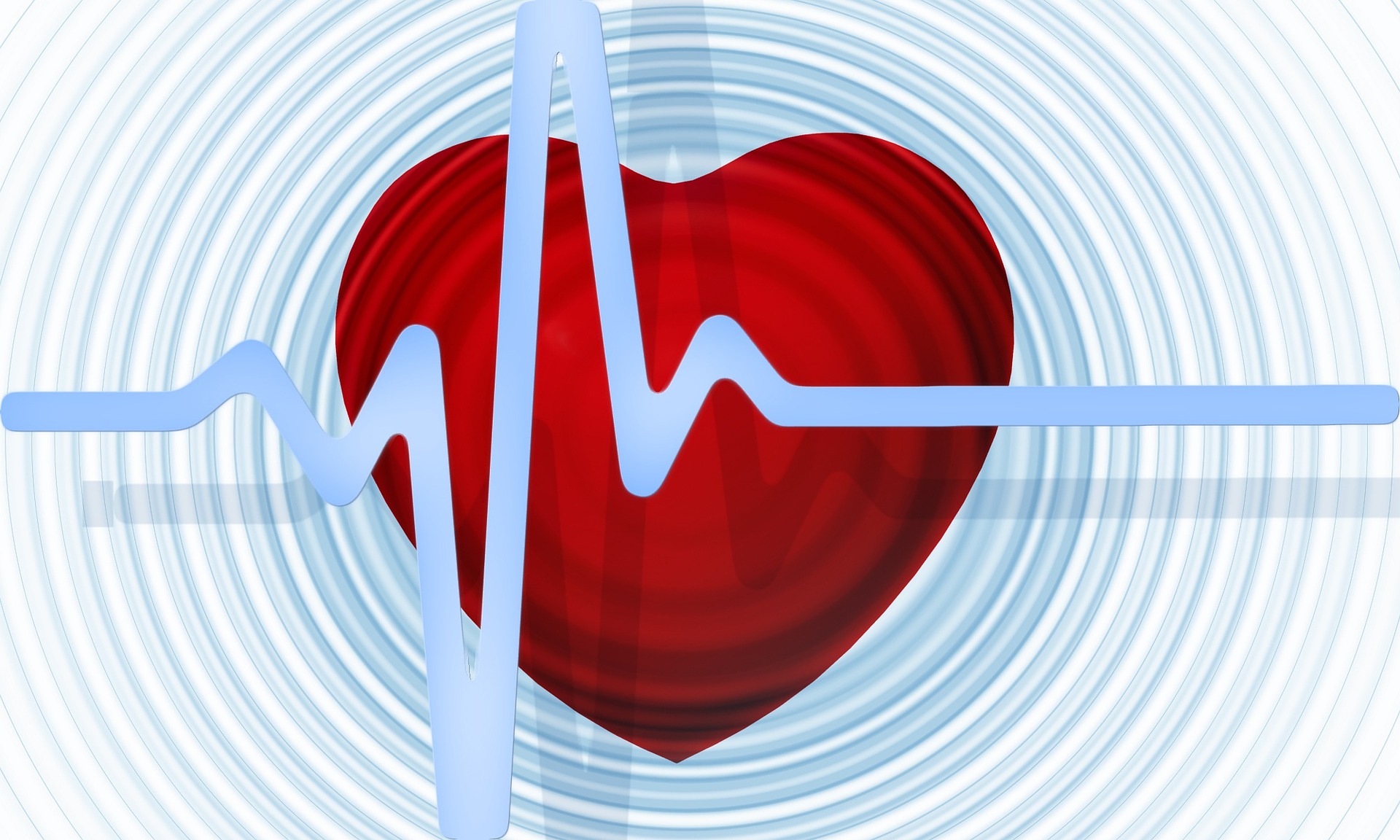
Roughly one out of four deaths in the U.S. are from heart disease, which is a staggering number. A healthy diet, regular exercise, and conscious lifestyle habits could prevent many of these deaths. Make sure when you visit your doctor, you have a solid grasp on what the important risk factors are and what your numbers indicate.
When it comes to your health, in particular your heart health, be honest with yourself. Let’s start by asking the following questions:
-Are you still eating processed foods?
-Do you get at least 30 minutes of exercise a day?
-Do you drink alcohol in excess?
-Do you have diabetes or are you pre-diabetic?
-Do you carry excess weight around your waistline?
Most Americans will answer yes to at least one of these questions. These risk factors are all related to heart disease, but for the most part can be controlled by what you choose to do in your day to day life. If your answer is yes to any of these questions, you are putting yourself at risk.
Having high blood pressure puts you at a great risk for heart disease or stroke. The two numbers, systolic and diastolic, in a blood pressure reading indicate the pressure in your blood vessels when your heart beats and the pressure in between beats. Healthy blood pressure is less than 120/80mmHg. This basically means that your circulatory system is operating efficiently and your heart can complete its functions without undue stress.
Cholesterol is produced by the body and has many important functions in cellular health. It is manufactured by your liver and aids in digestion and hormone production. Cholesterol is broken down into two categories, the “Good” which is HDL and the “Bad” which is LDL. The LDL (Bad) can be small and dense particles, which can get stuck and build up in the artery walls. Too much of this build up means there isn’t room for fluid to get through. HDL (Good) helps bring back the excess LDL to the liver for breakdown. Simply put, you want high levels of HDL and low levels of LDL.
Paired with cholesterol as part of your heart analysis are triglycerides. When you have excess energy (calories) from food, your body will convert it into triglycerides and store it in fat cells. High levels of triglycerides in your blood are considered a major indicator for risk of heart disease. Normal levels are currently being recommended at less than 150 mg/dL. A diet high in processed foods (refined flours, sugars, and trans fats) paired with not enough of exercise is the recipe for high triglyceride levels.
Your total cholesterol number is made up of the HDL, LDL, and 20% of your triglyceride number. The relationship between all of these numbers is extremely important, with the “ratio” being argued as the most important indicator for heart disease. Your “ratio” is the TOTAL divided by your HDL. A healthy ratio is considered to be 3.5 (American Heart Association). High LDL or Triglyceride numbers can greatly impact this number.
Go into your next doctors appointment with a baseline knowledge of what your numbers mean and have an informed conversation. Your family history, lifestyle choices, and blood measurements are going to dictate what you and your doctor choose to do for your heart health. Certain combinations of risk factors will require medications, while other combinations may be manageable by lifestyle changes. Either way, we encourage everyone to take as much control as you can through healthy diet and exercise.

